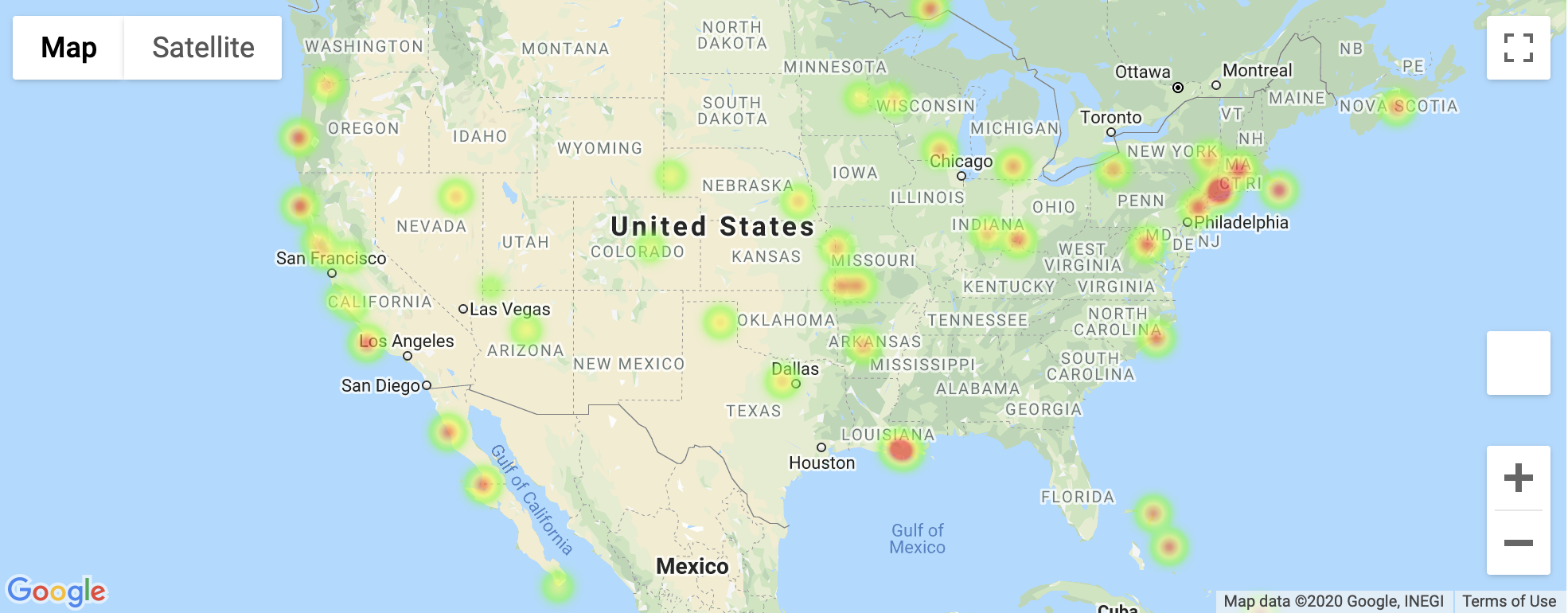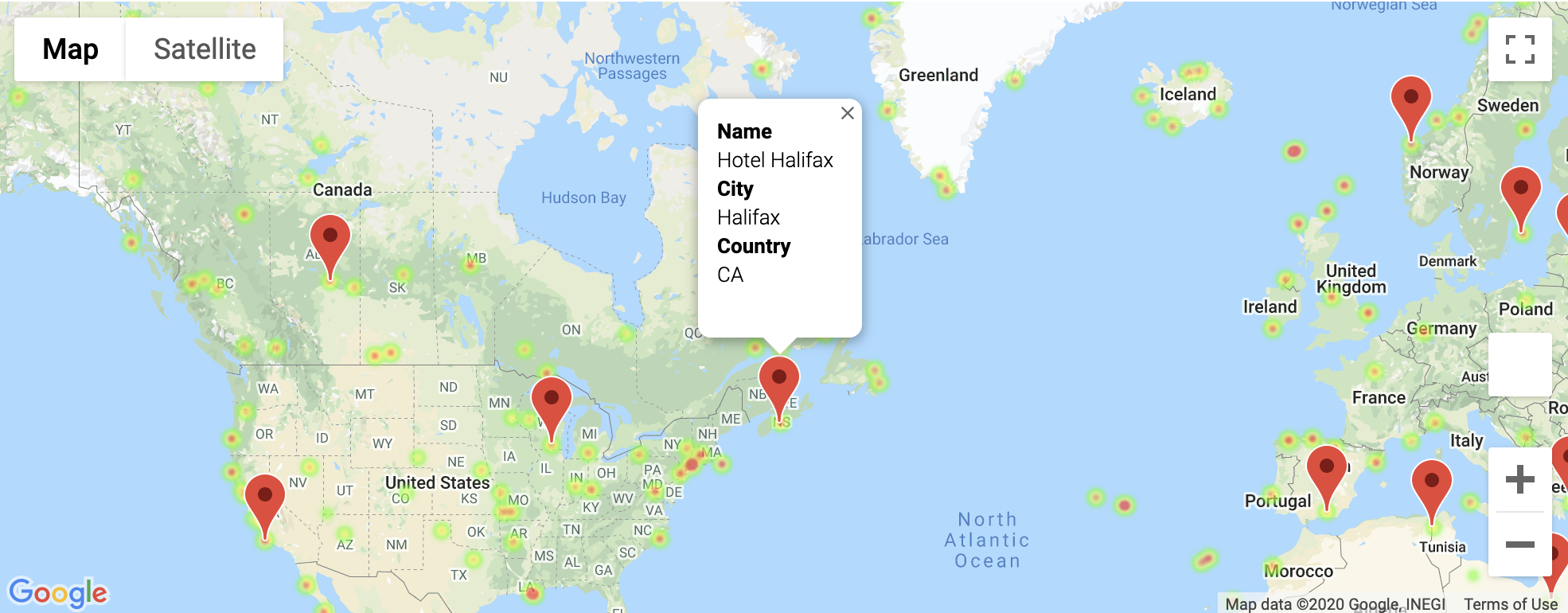In this project, I was asked to use Python requests, APIs, and JSON traversals to answer a fundamental question: "What's the weather like as we approach the equator?"
After carefully running the analyiss following observations were made:
- Max temperature is the variable that shows a prominent observable trend. As the latitude go toward far ends the max temperature tends to start dropping. For most locations near the equatar, in range -20 to 40, the temperature reach max values.
- Humidity, Cloudiness and Windspeed are quiet variable from location to location and do not show an observable trend with latitude coordinates.
- The goodness of fit (R-squared) for humidity, cloudiness and windspeed is also very low explaining high variance in data.
- For humidity it can be observed that southern hemisphere usually has more number of cities with high humidity. This can be a data bias as there more number of cities in northern hemisphere dataframe as compared to southern hemipshere
In this example, I created a Python script to visualize the weather of 500+ cities across the world of varying distance from the equator. To accomplish this, you'll be utilizing a simple Python library, the OpenWeatherMap API, and a little common sense to create a representative model of weather across world cities.
I built a series of scatter plots to showcase the following relationships:
- Temperature (F) vs. Latitude
- Humidity (%) vs. Latitude
- Cloudiness (%) vs. Latitude
- Wind Speed (mph) vs. Latitude
After each plot added a sentence too explain what the code is and analyzing.
I ran linear regression on each relationship, only this time separating them into Northern Hemisphere (greater than or equal to 0 degrees latitude) and Southern Hemisphere (less than 0 degrees latitude):
- Northern Hemisphere - Temperature (F) vs. Latitude
- Southern Hemisphere - Temperature (F) vs. Latitude
- Northern Hemisphere - Humidity (%) vs. Latitude
- Southern Hemisphere - Humidity (%) vs. Latitude
- Northern Hemisphere - Cloudiness (%) vs. Latitude
- Southern Hemisphere - Cloudiness (%) vs. Latitude
- Northern Hemisphere - Wind Speed (mph) vs. Latitude
- Southern Hemisphere - Wind Speed (mph) vs. Latitude
I used my skills to plan future vacations. Used jupyter-gmaps and the Google Places API for this part of the assignment.
-
Created a heat map that displays the humidity for every city from the part I.
-
Narrowed down the DataFrame to find the ideal weather condition. For example:
-
A max temperature lower than 80 degrees but higher than 70.
-
Wind speed less than 10 mph.
-
Zero cloudiness.
-
Dropped any rows that don't contain all three conditions.
-
-
Used Google Places API to find the first hotel for each city located within 5000 meters of the coordinates.
-
Plotted the hotels on top of the humidity heatmap with each pin containing the Hotel Name, City, and Country.

